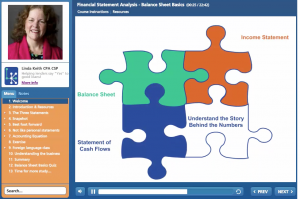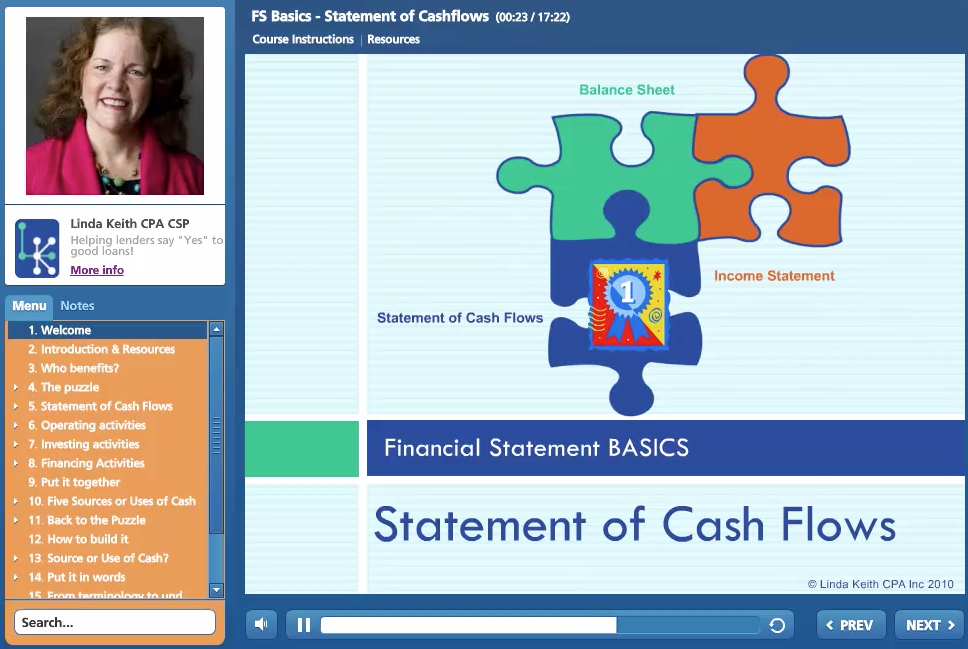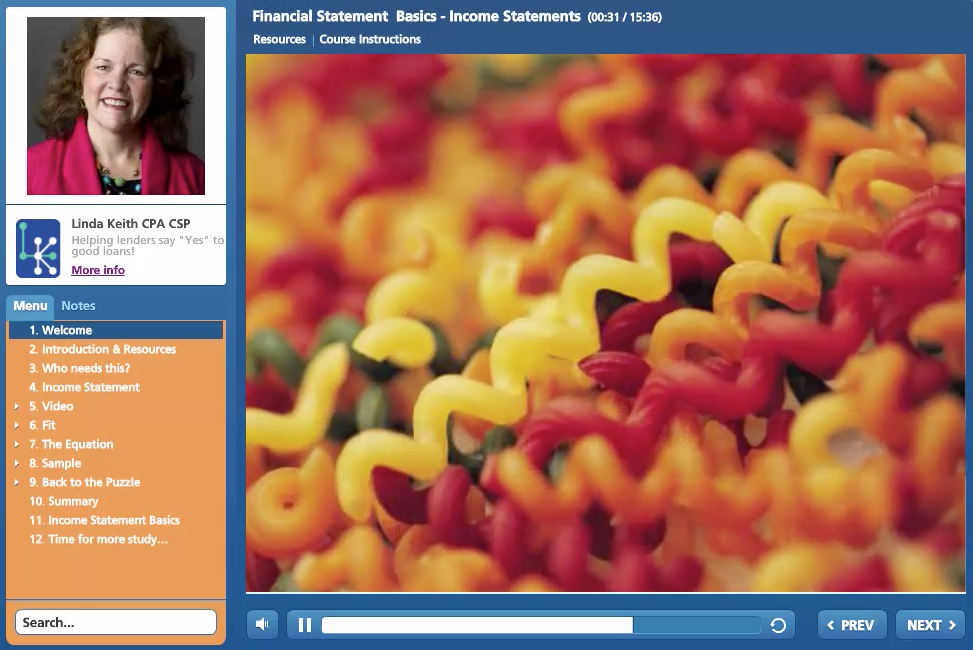Carrie asks:
I have a question on a non-profit audited financial statement. Under the Statement of Activities (Unrestricted Column not Total Column) there is a source of income titled “Net Assets Released from Restrictions.” Basically it is Temporarily Restricted items that were released from Temporarily Restricted to Unrestricted during the year.
When I am doing cash flow using Net Income+Depreciation+Interest do I include this income or not? On the overall statement it is a wash because it is simply being moved from Temporarily Restricted to Unrestricted but when I do my cash flow I like to use Unrestricted Income only so that I can get the best picture of what is actually being generated that can be used for operations and that has no restrictions.
Linda says:
This is not income at all. It is also not cash flow. So you cannot use it.
Cushion and Opportunities
Where it does come in is that more of their capital (called net assets in non-profits) is available as back-up in case something goes wrong. If capital is the cushion, they now have more of it that is unrestricted to provide the cushion for general operations.
Also, when I served on the national board of an association, we ‘used’ unrestricted net assets as the funding source for strategic planning initiatives. We would restrict them for that use, but with a sunset clause so that if we did not spend the funds as planned, or made a different decision about the initiative once we got into it, the net assets would return to their unrestricted status within two years. That way the operating budget was just that, used for our normal operations.
Non-profits use different terminology
The terms assets and liabilities are the same. But what we would call ‘Retained Earnings’ in a for-profit company is called ‘Net Assets’ in a non-profit. The ‘Balance Sheet’ is often called ‘Statement of Financial Position’. The ‘Income Statement’ or ‘P&L’ is called the ‘Statement of Activities’. That said, often the non-profit executives and boards use the common names in conversation.
What does ‘Restricted’ really mean?
There are two variations of restricted net assets. Temporarily restricted may be donor-imposed or board-imposed. If donor-imposed, a contribution was made for a specific purpose and must be used for that purpose. The restriction is lifted when it is used in accordance with the donors wishes. As in the example I cited above, a board-imposed restriction is often a board decision to use the funds for a particular purpose. The restriction is lifted when the funds have been used as directed by the Board, or the Board changes their decision, or the time frame for the expenditures is up per the original motion of the board using a sunset provision.
Permanently restricted net assets occur when a donation is made with the stipulation that only the earnings o that donation may be used. This is common with scholarship funds, as an example.
Unrestricted net assets are the remaining net Assets (Assets – Liabilities) that are neither temporarily nor permanently restricted. Think of these as the cushion to cover a downturn or a well to fund opportunities.
Need help on Financial Statements?
In Lenders Online Training we have the following modules that can improve your understanding of a business or non-profit by seeing the story behind the numbers.
[column col=”1/2″]

Click image for Balance Sheet Basics Module
This one is free!

Click image for Statement of Cash Flows Module[/column]
[column col=”1/2″ last=”true”]

Click image for Income Statement Module

Click image for Financial Statement Terminology Module
[/column]
[divider]
[space height=”20″]
Or click here for the entire course and module list on Tax Return And Financial Statement Analysis, including 35 modules, three case studies and seven live webinars.
See why lenders report a 31% increase in competence and confidence after taking our online training.

